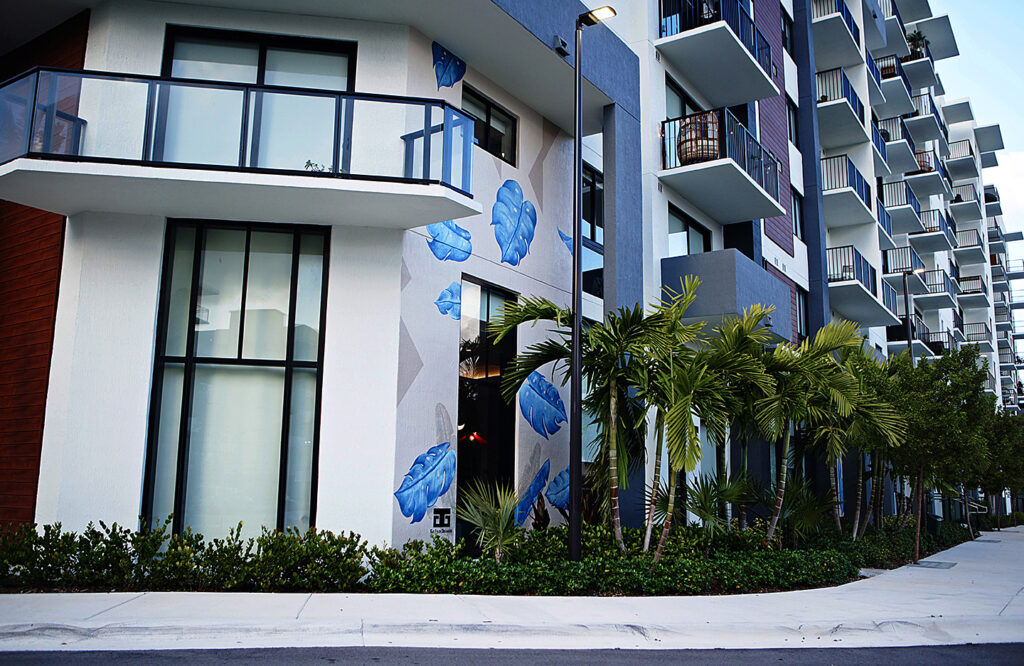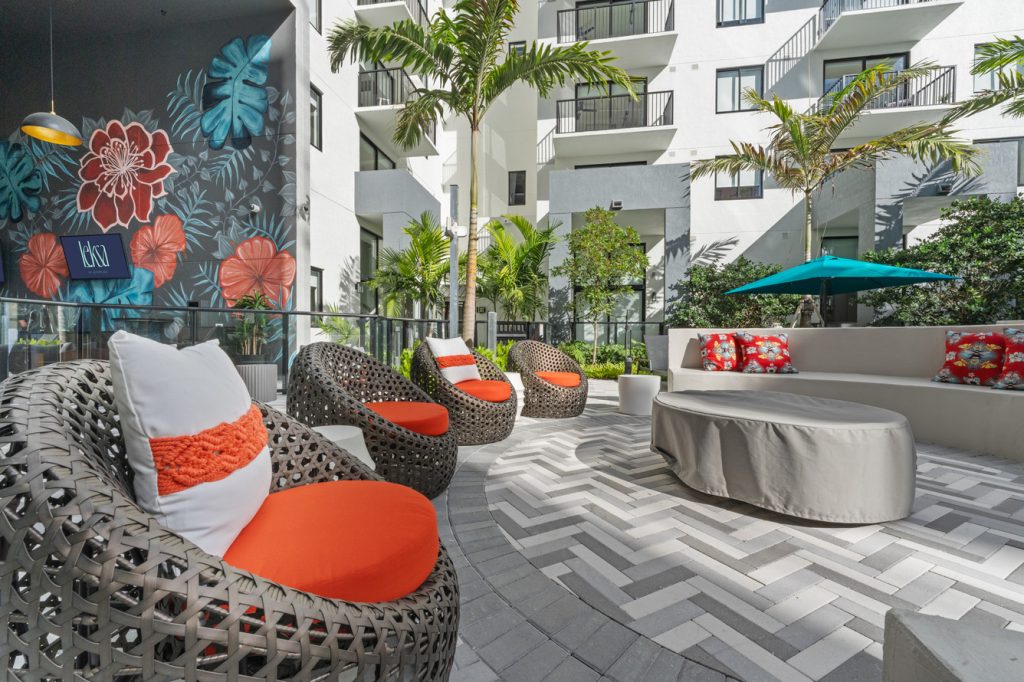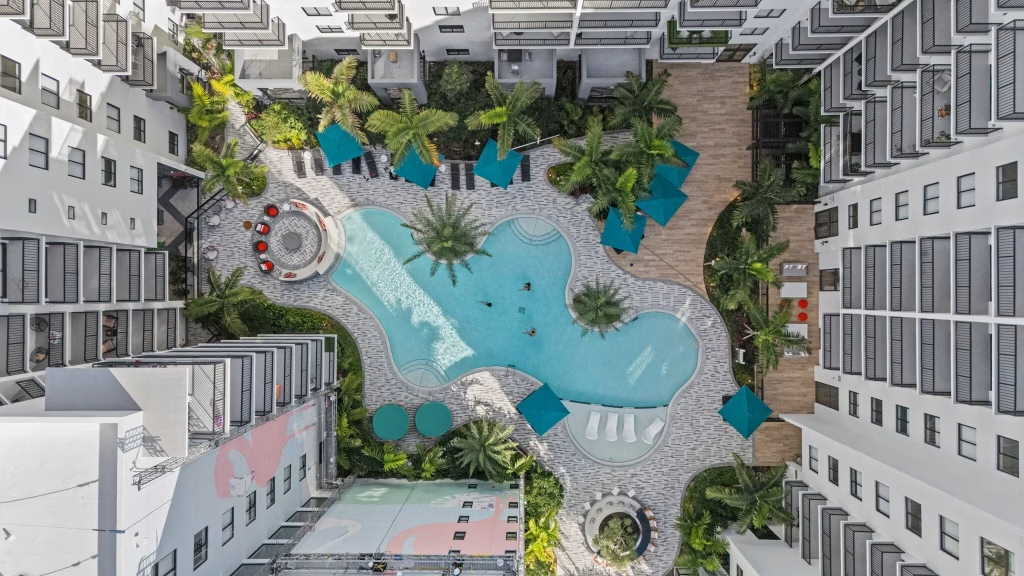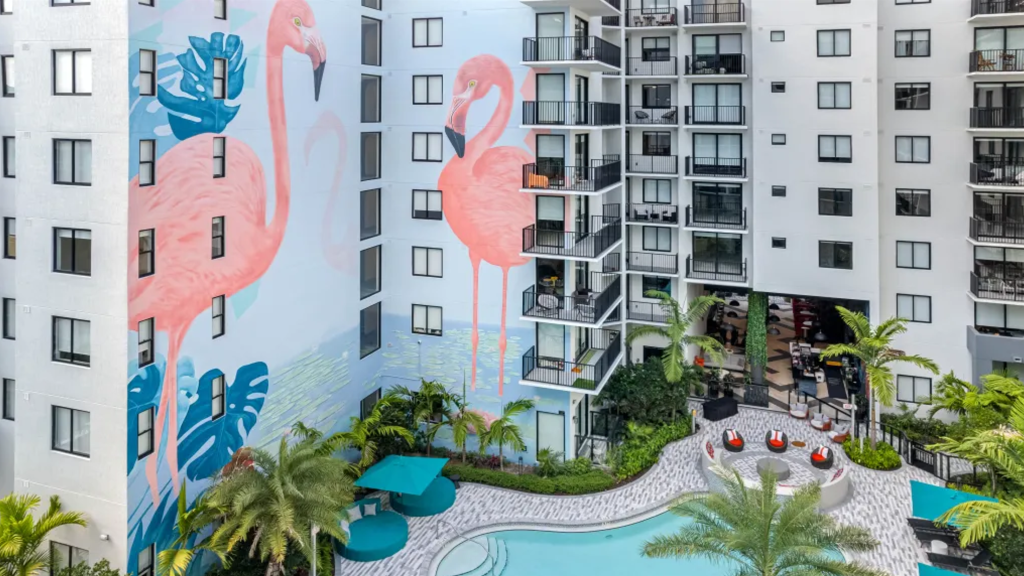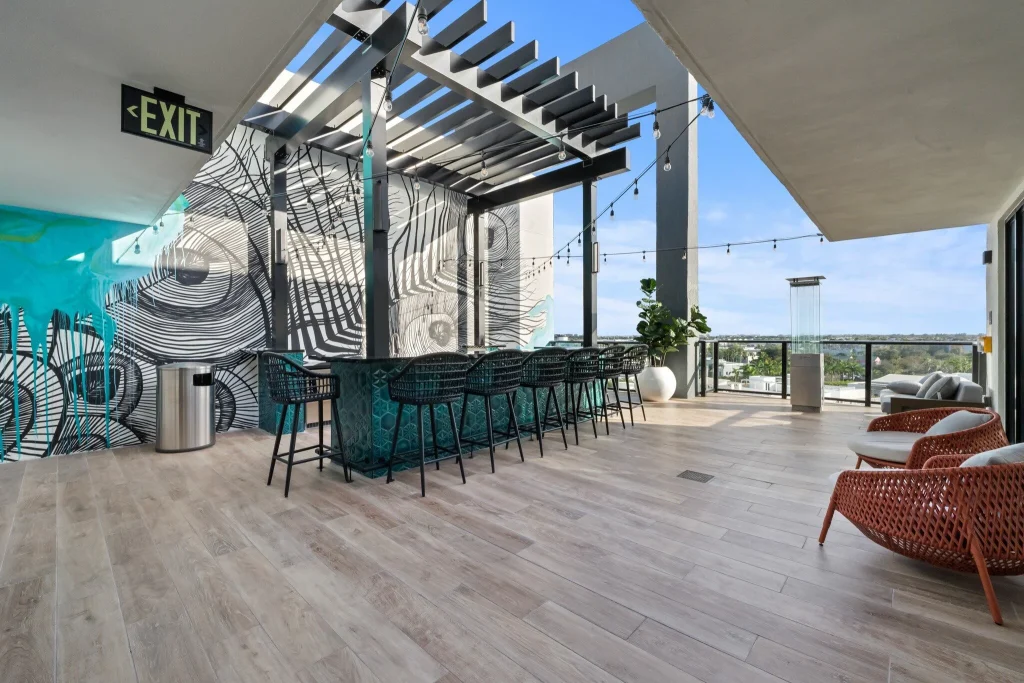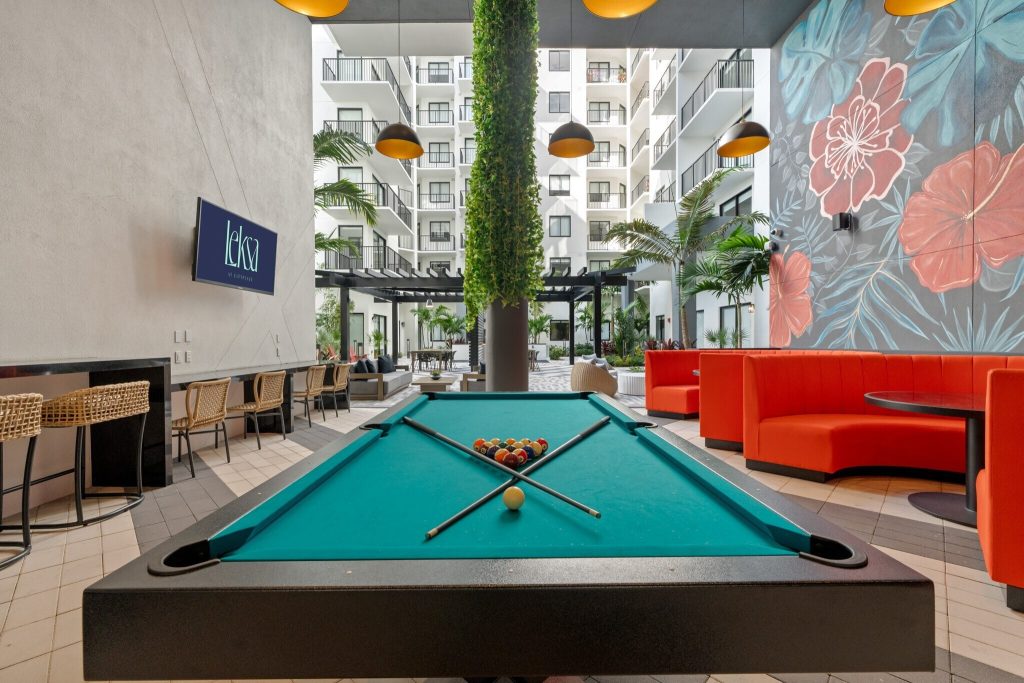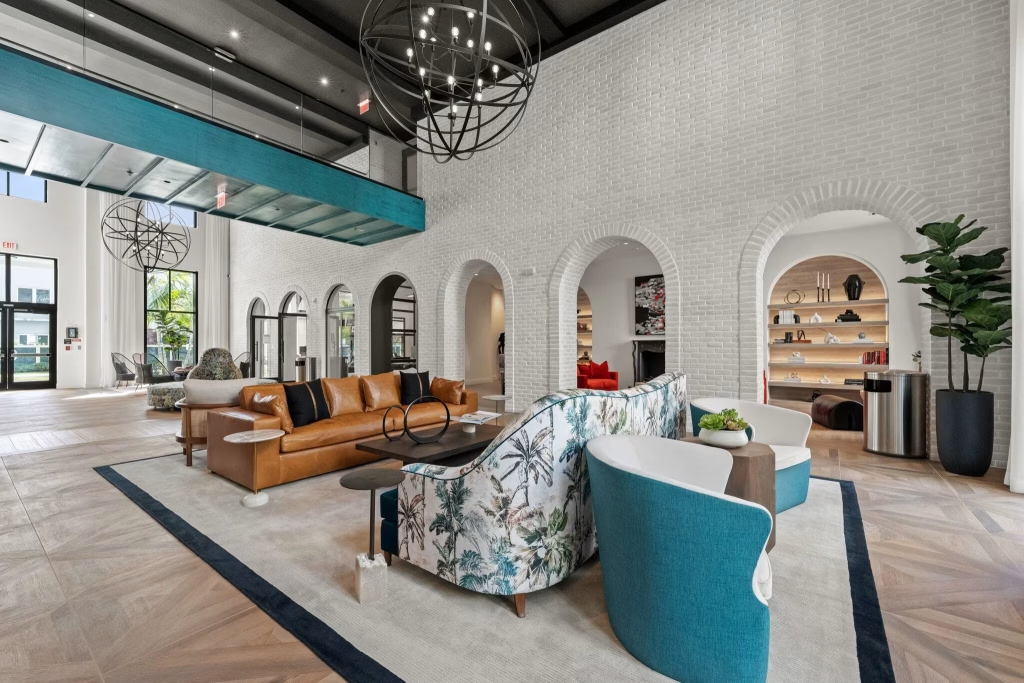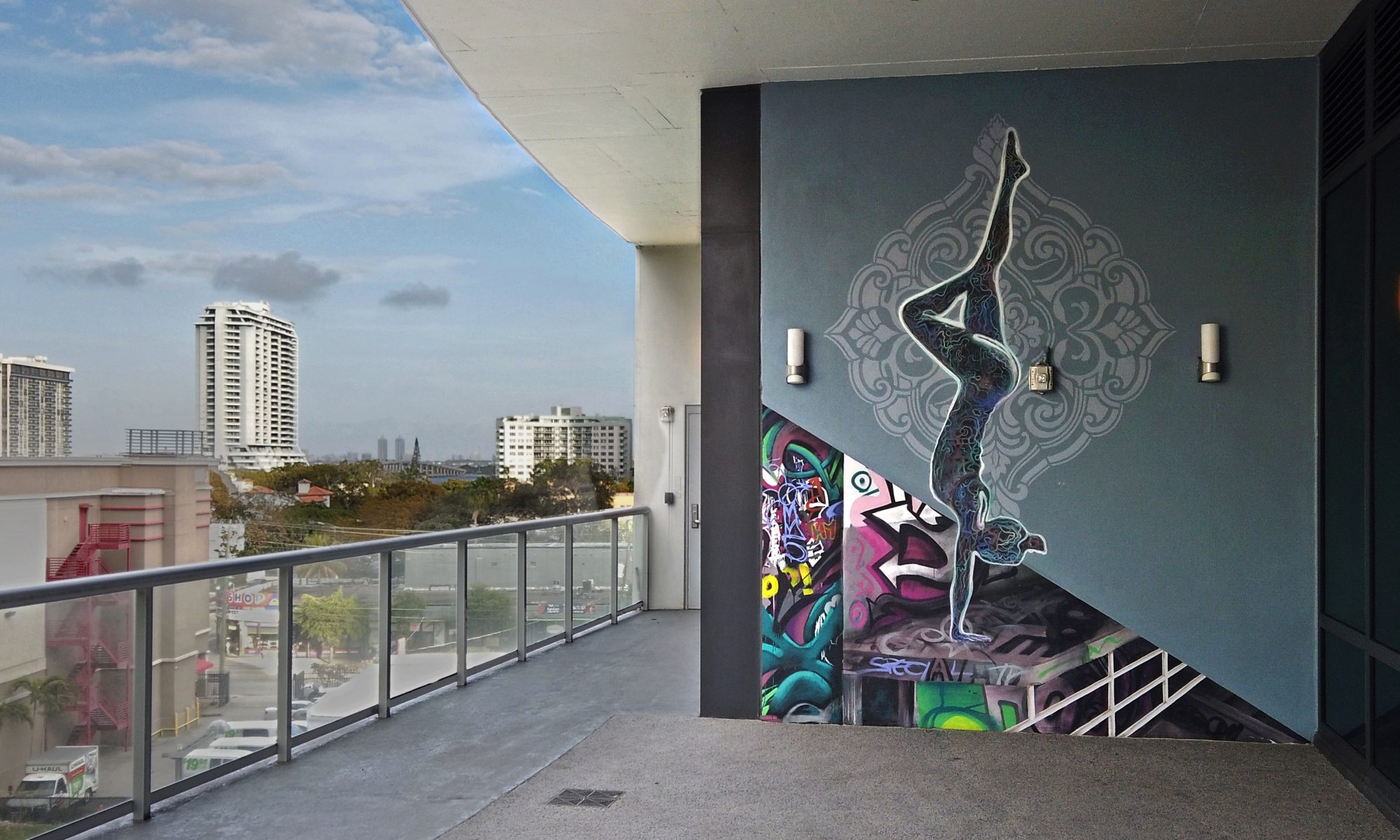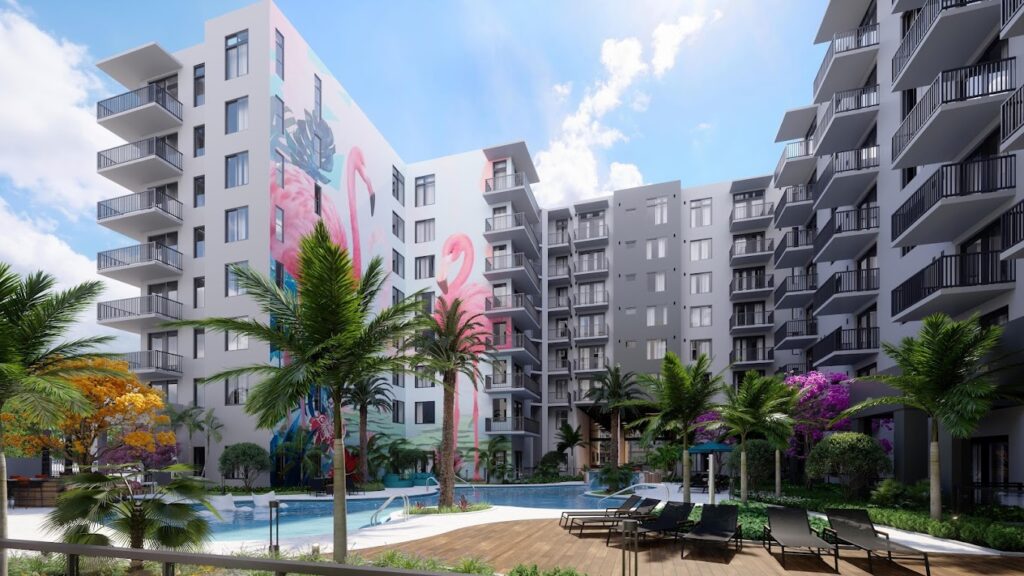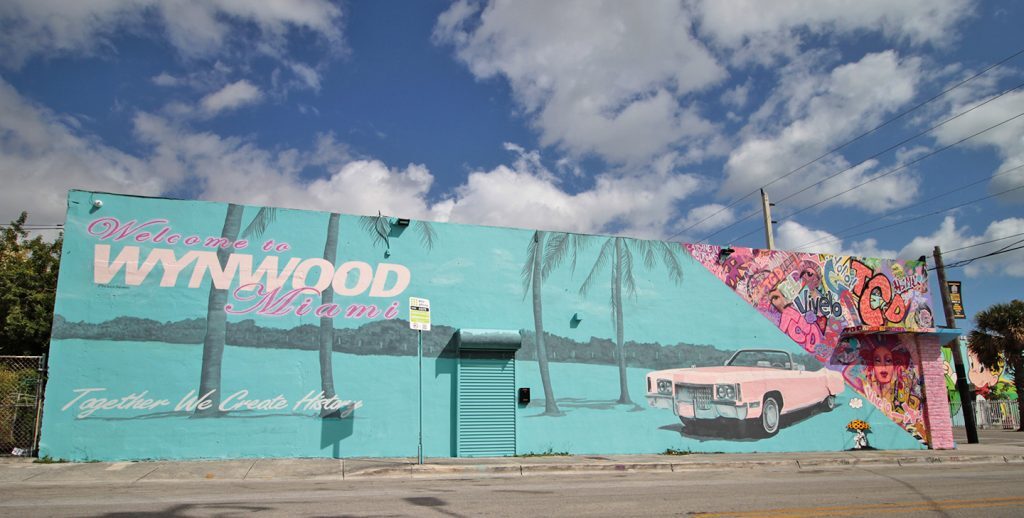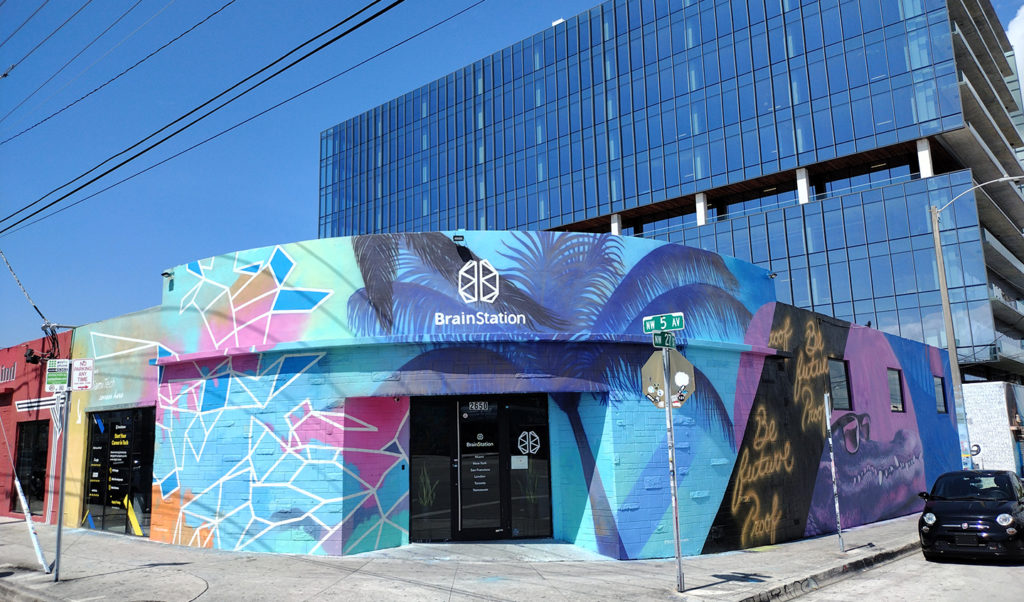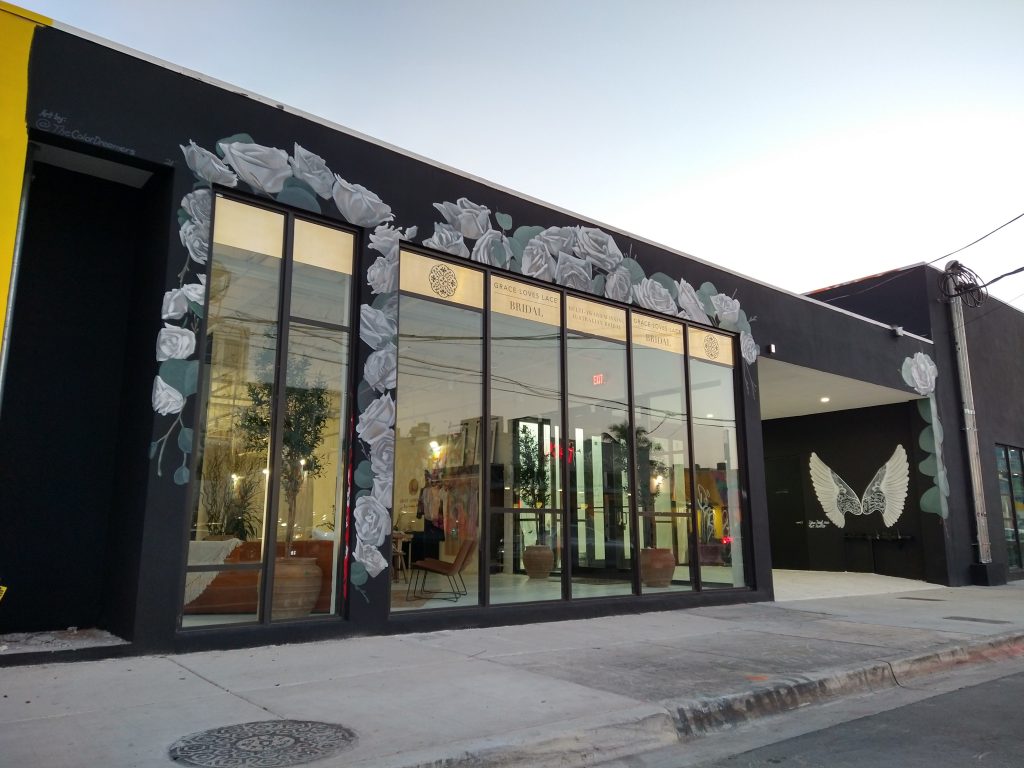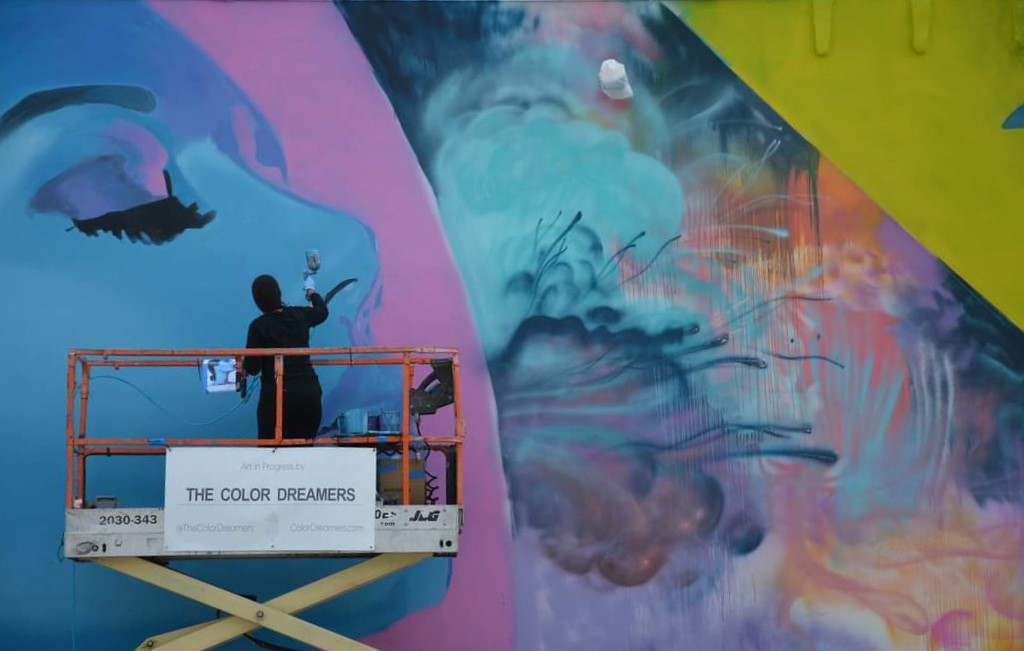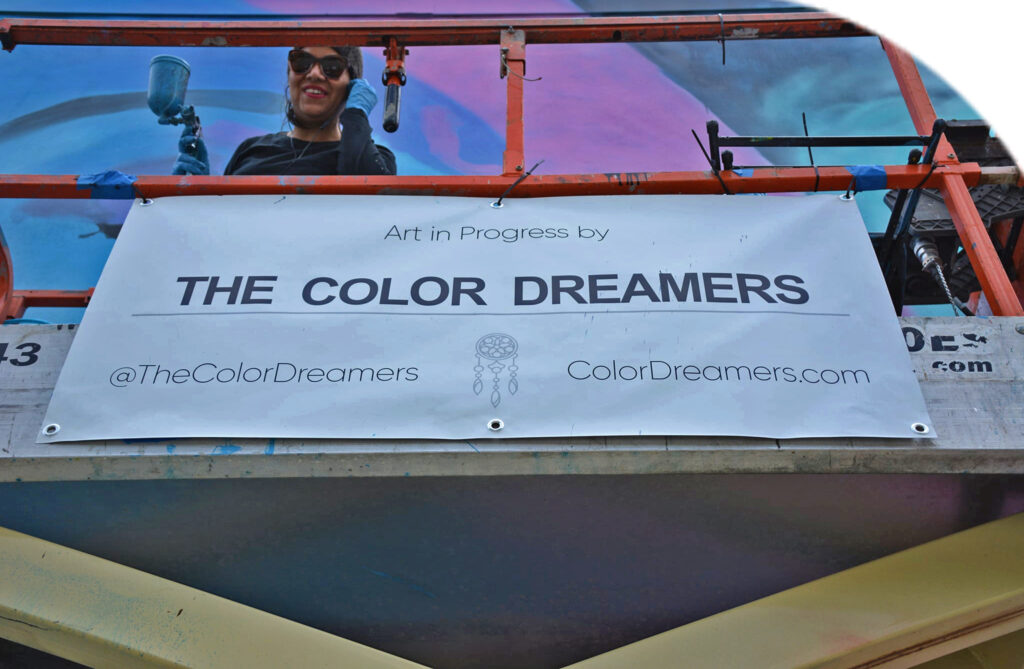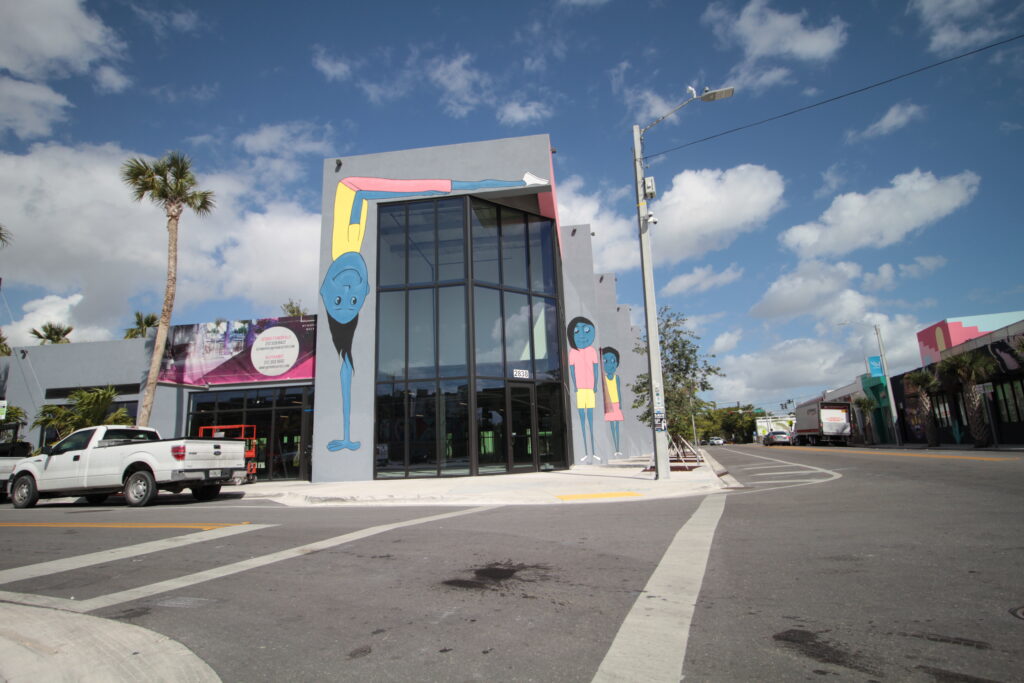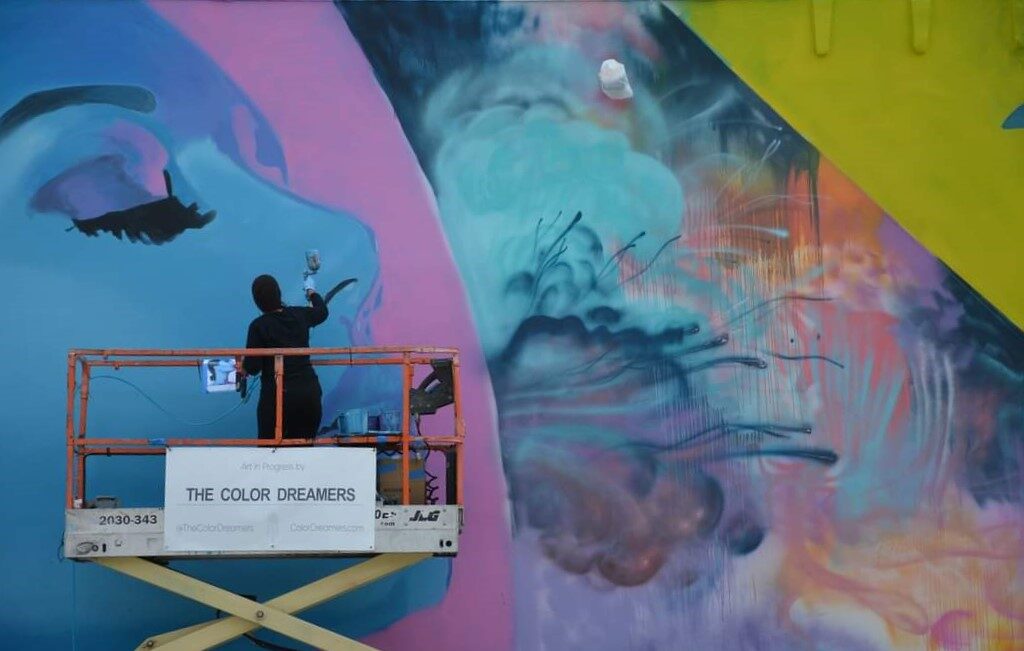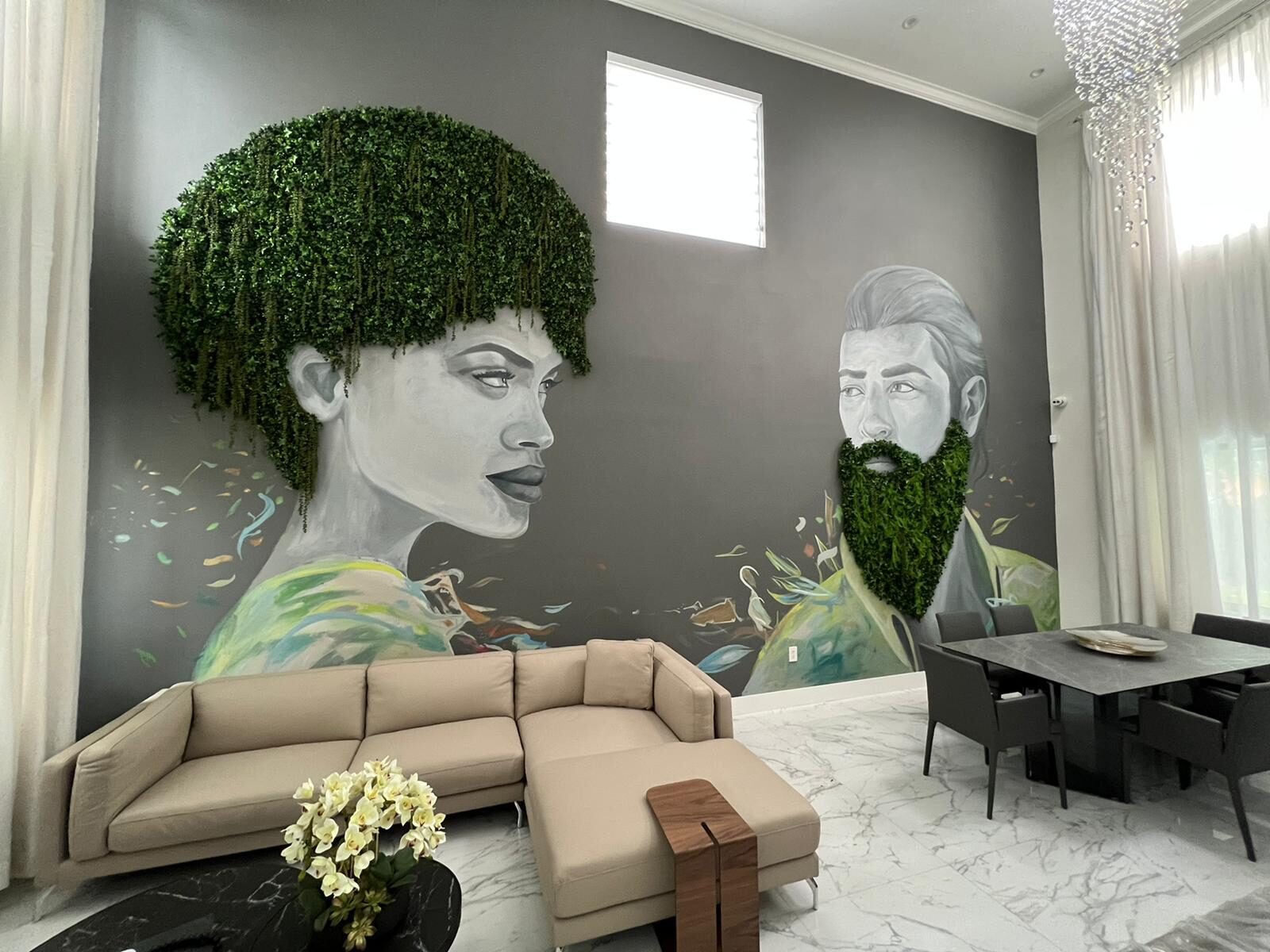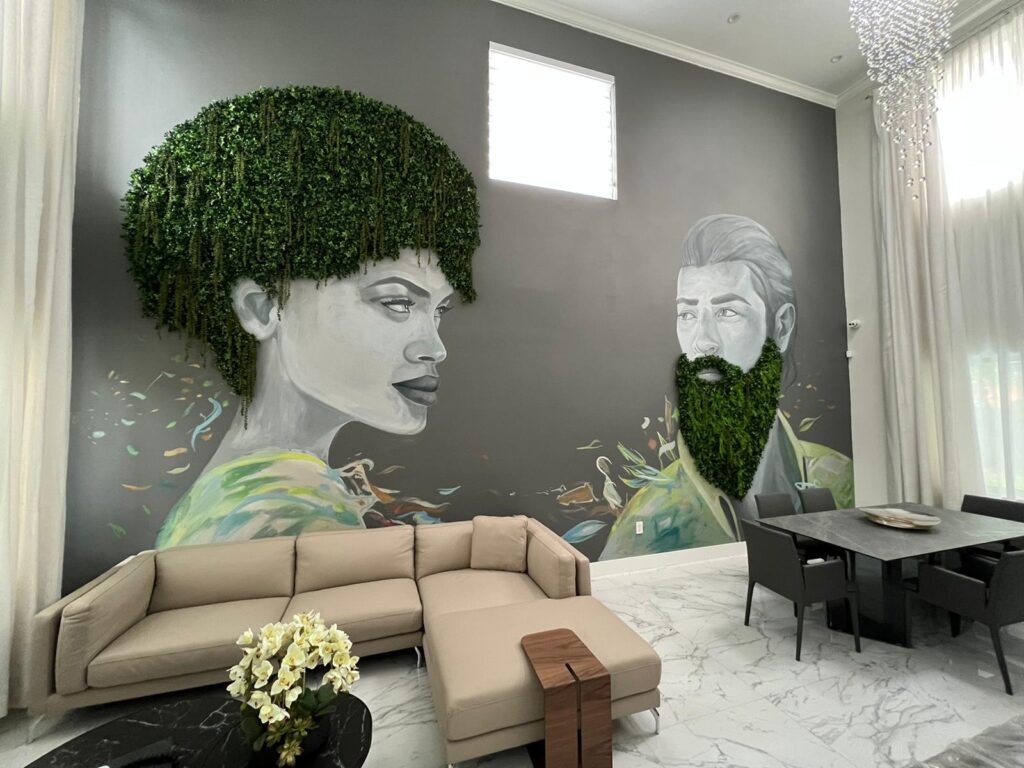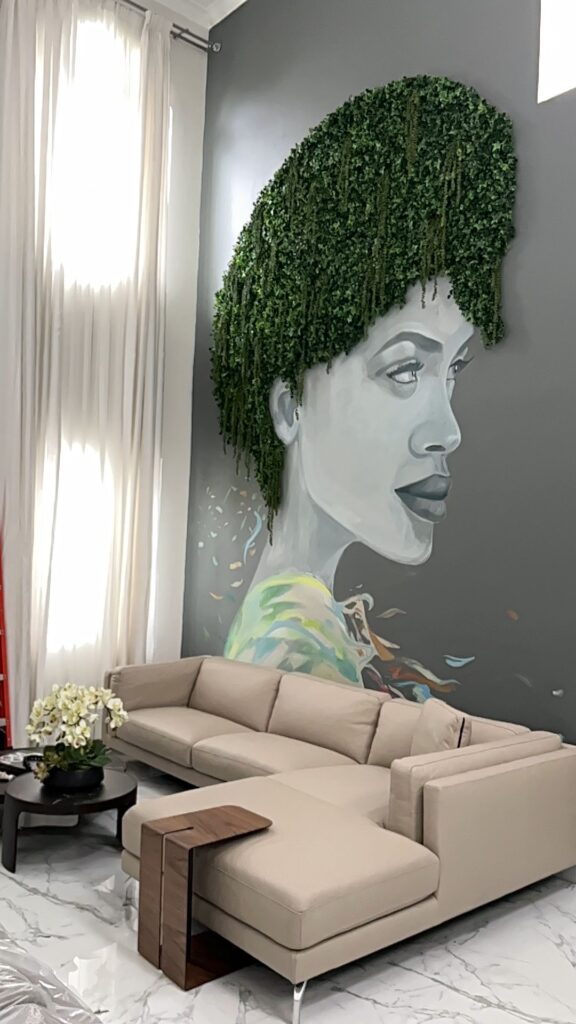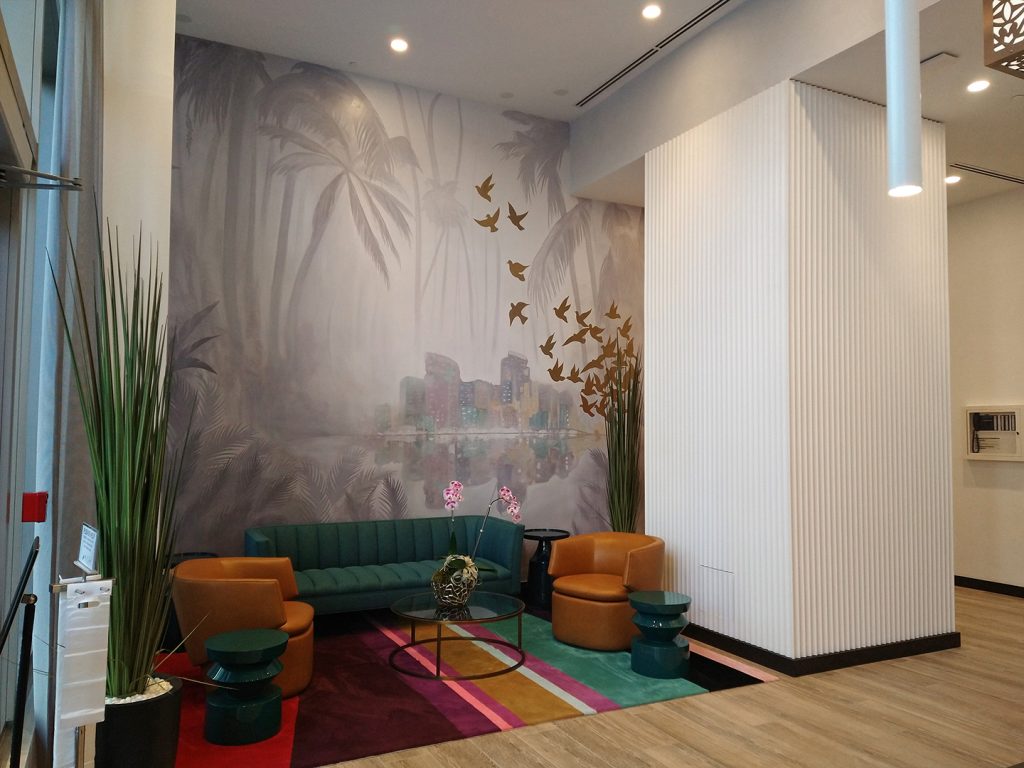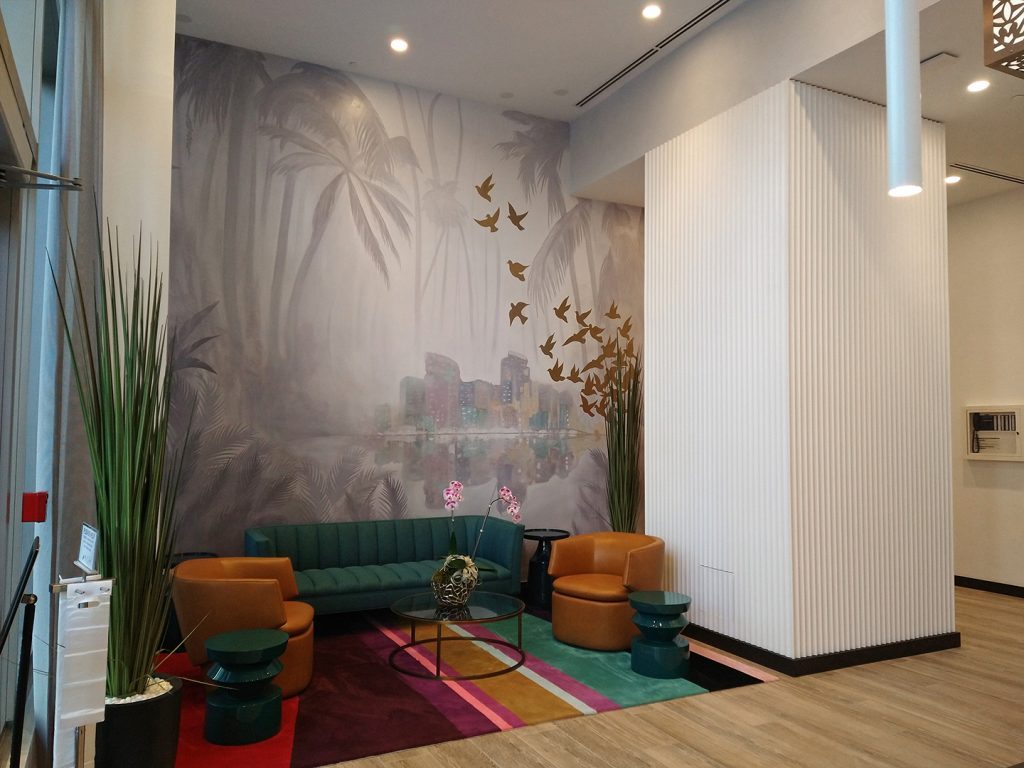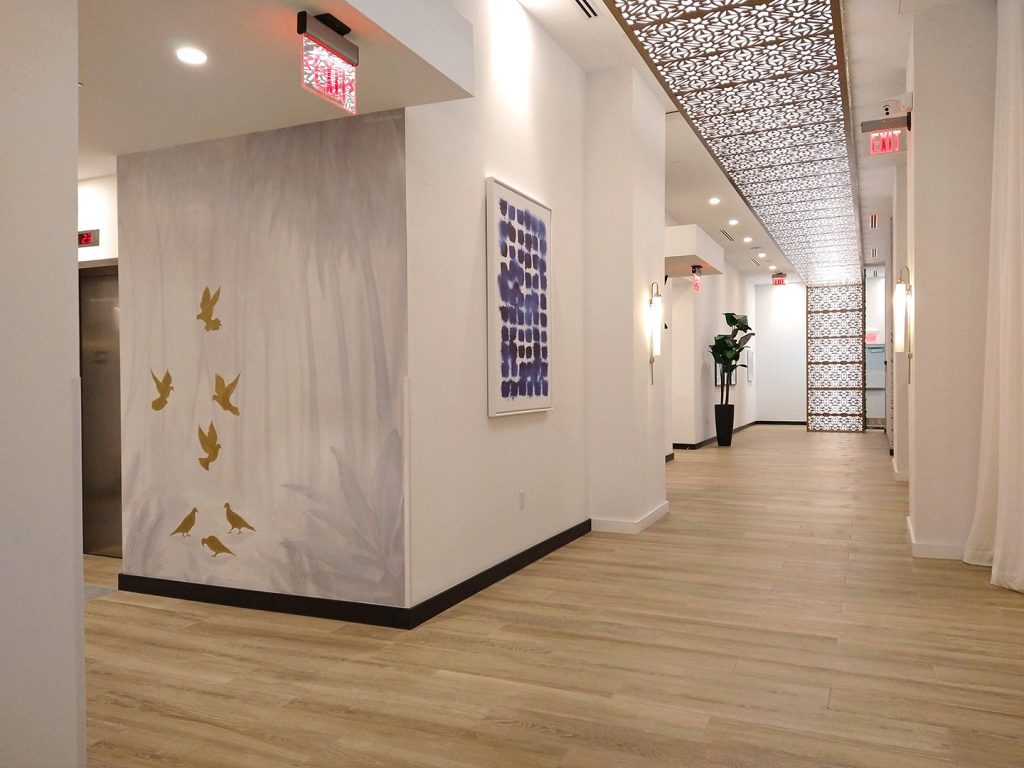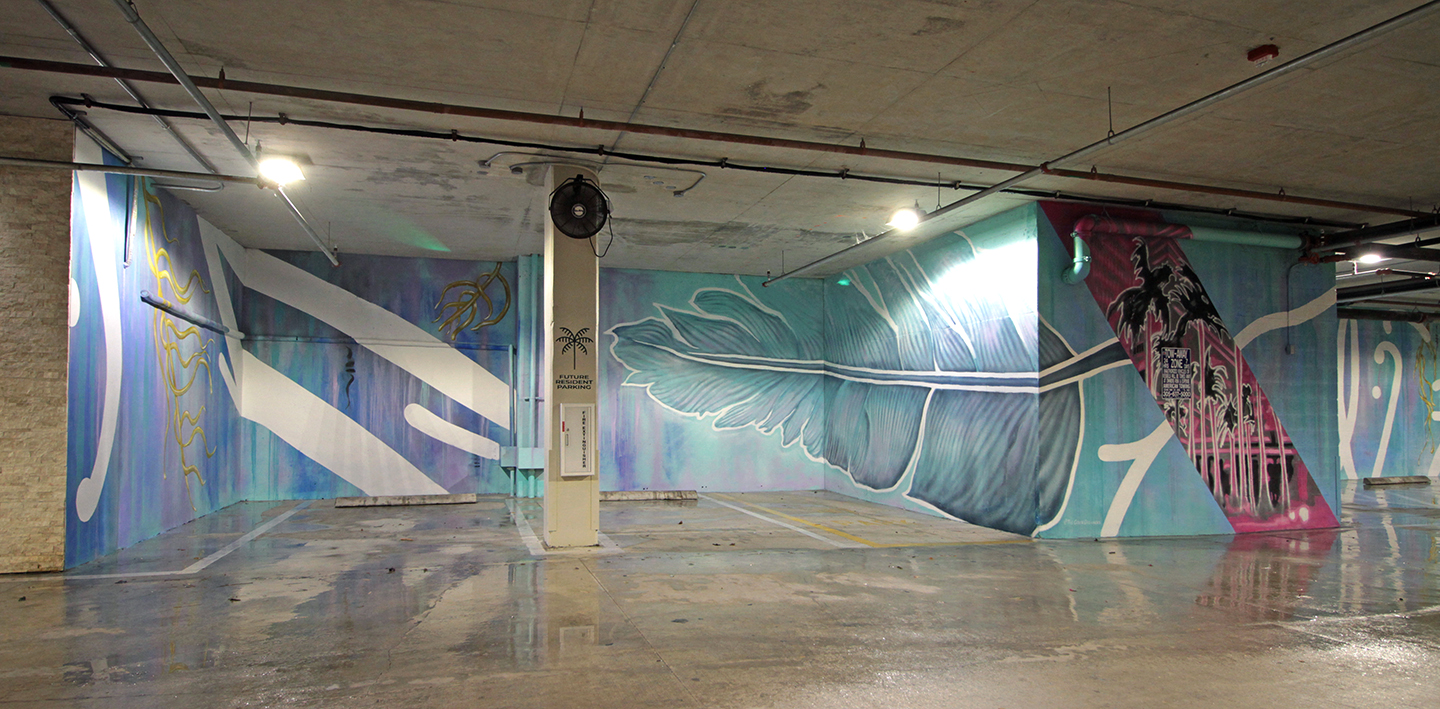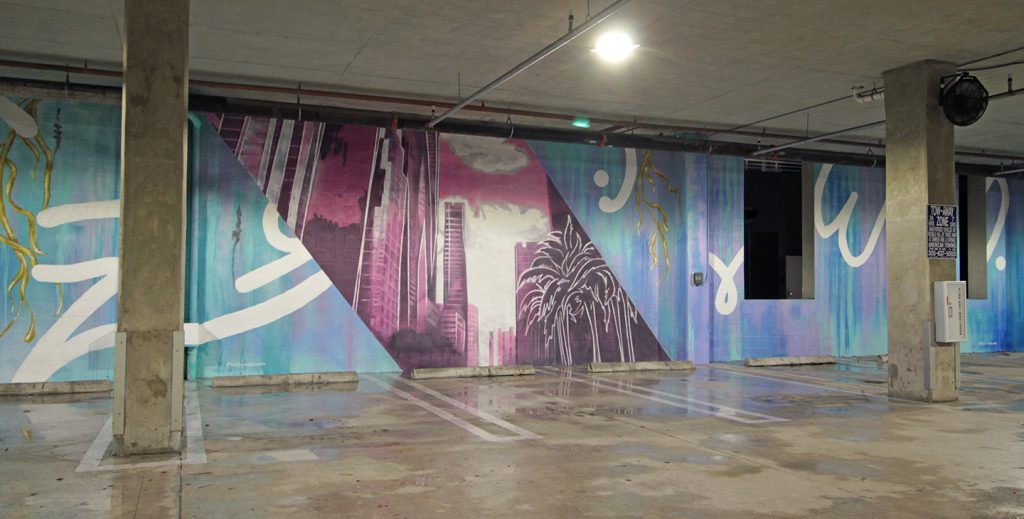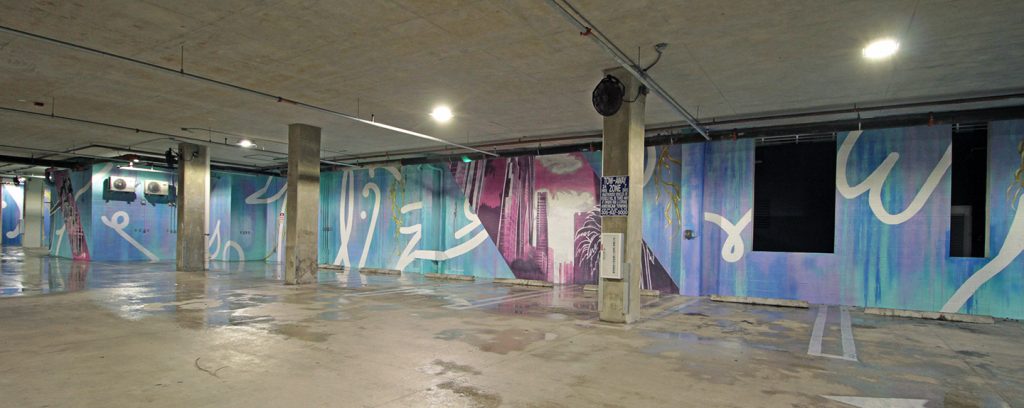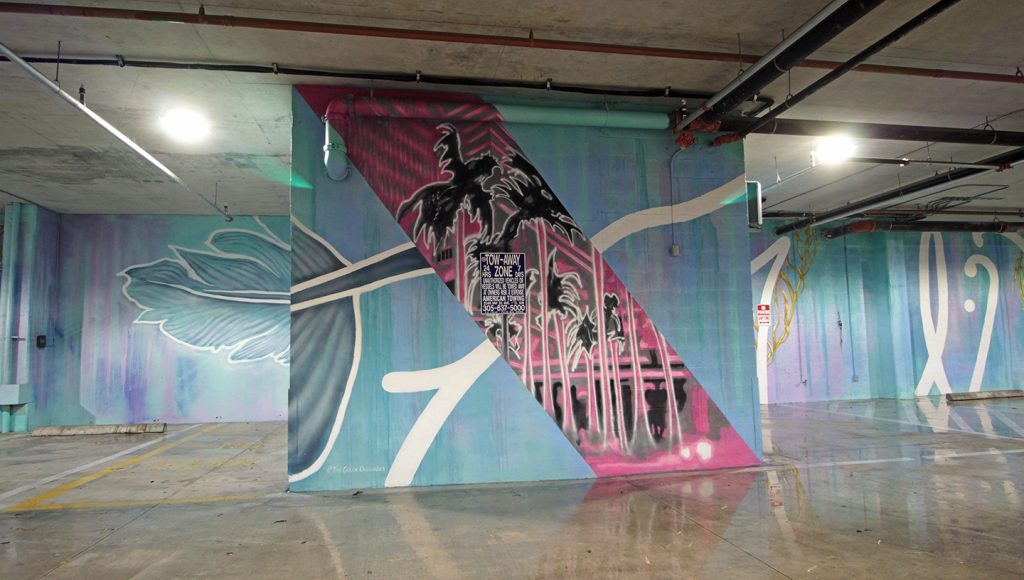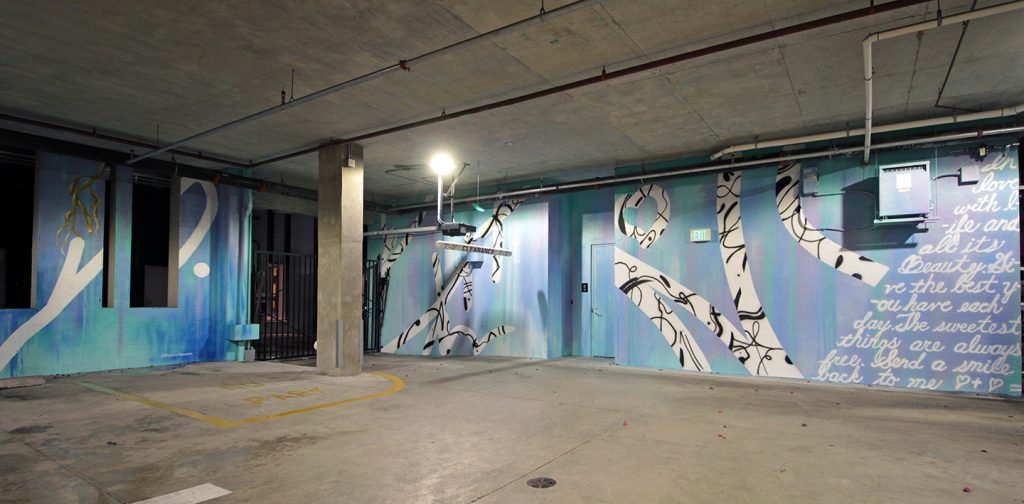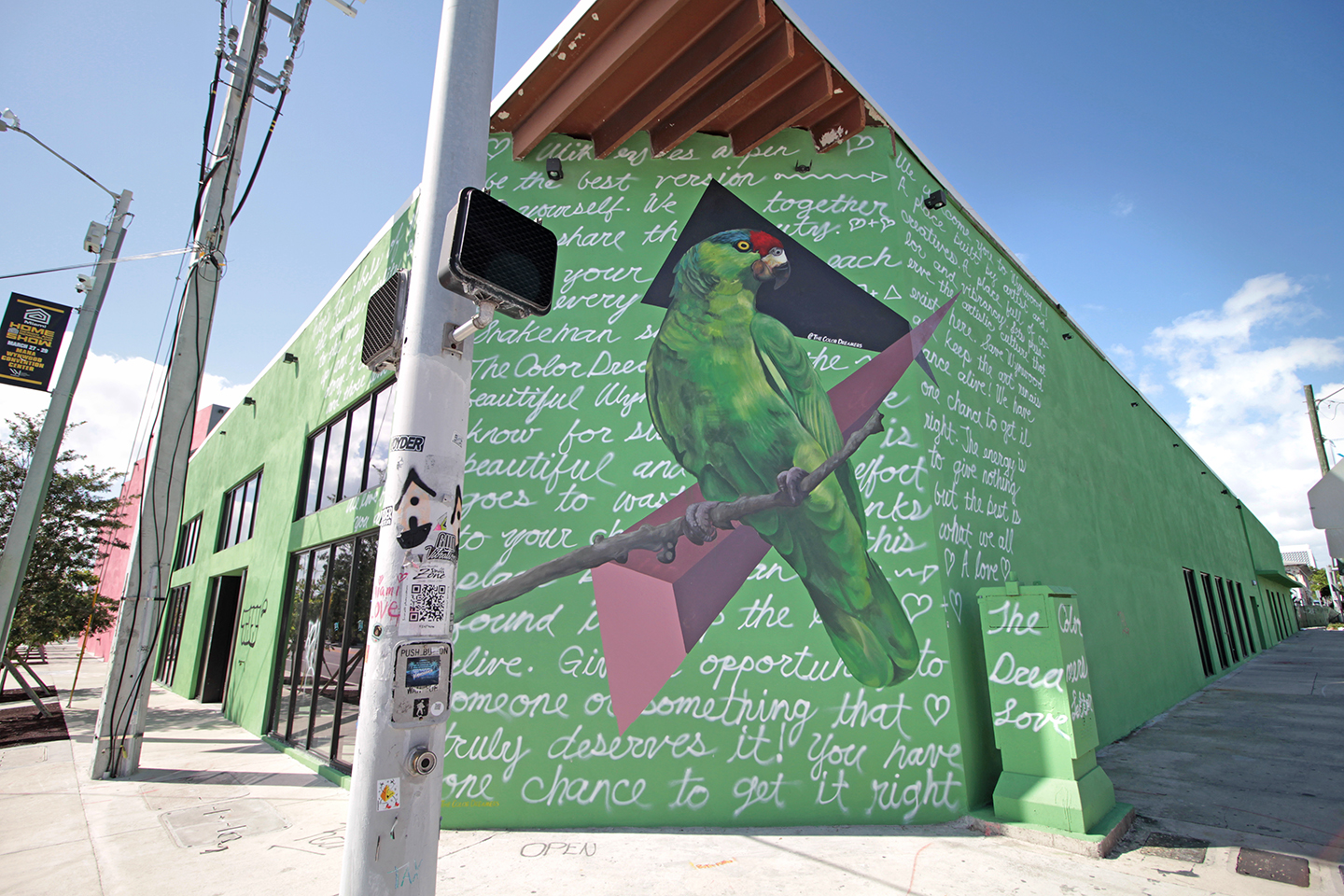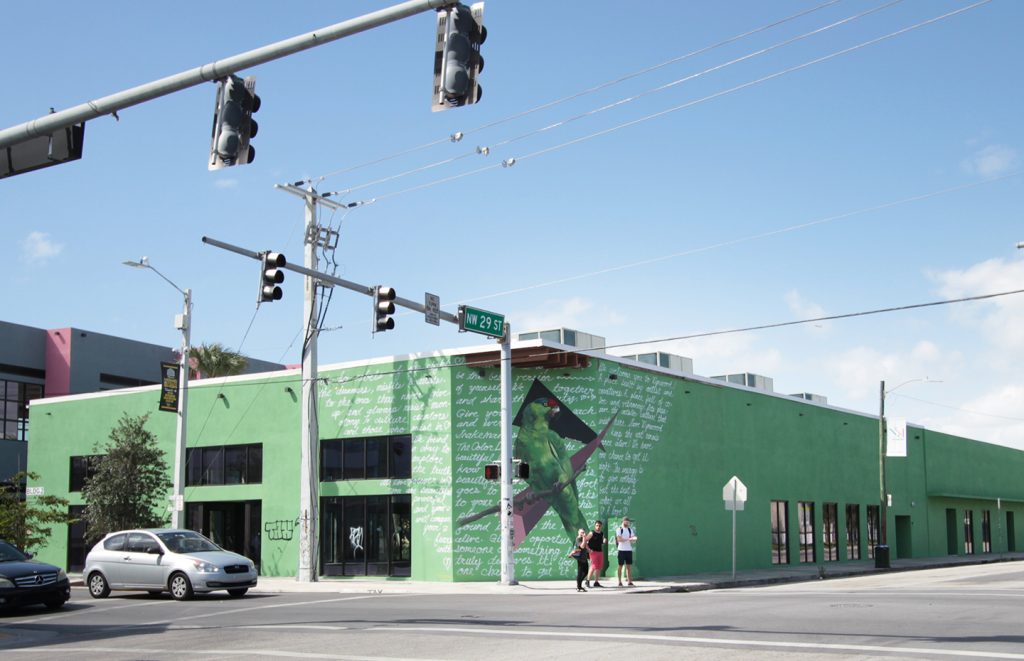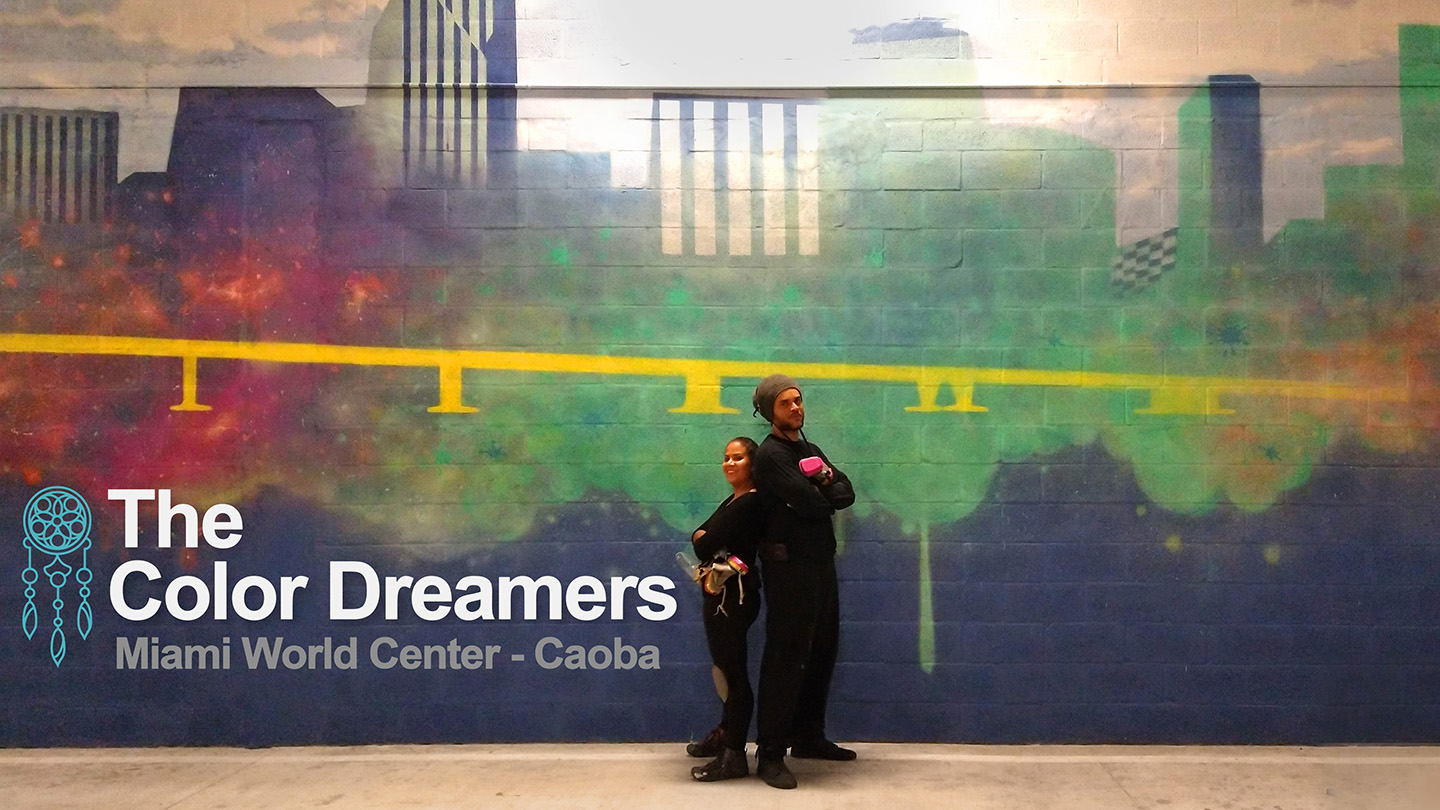Miami artists transform luxury living spaces with large-scale murals, sculptures, and public art that merge design, culture, and community.

Palmetto Bay, FL – The Color Dreamers proudly announce the completion of their latest project that includes murals and sculptures at The Addison Luxury Apartments in Palmetto Bay, Florida. This dual installation—“Floral Reverie” and “Wings of Color”—brings together the transformative power of public art, contemporary mural design, and sculptural innovation in one cohesive space. The developer Coastland Construction really brought this project to life by incorporating murals and sculptures into the buildings design.
Adding Murals and Sculptures to common spaces creates immersive experiences
“Floral Reverie” is a grand-scale mural depicting a serene female figure with an ethereal aura. Her hair cascades like a river of blossoms, adorned with vibrant flowers and delicate butterflies. The composition captures a moment of quiet contemplation, symbolizing humanity’s intimate connection with nature. The figure’s tranquil expression reflects harmony, balance, and peace—an uplifting focal point for both residents and visitors.
Complementing this mural is “Wings of Color”, an innovative artwork that fuses painted art with three-dimensional sculpture. Featuring custom-fabricated aluminum butterflies with colored acrylic inserts, the installation interacts dynamically with natural sunlight. As the sun moves across the sky, the butterflies project shifting, vibrant shadows that transform the surrounding environment throughout the day. This interplay of light, form, and color creates a living, breathing artwork that continually redefines the space.
Together, these pieces exemplify the impact of integrating murals and sculptures into architectural and interior design projects. By combining artistry with thoughtful placement, The Color Dreamers elevate common spaces into immersive experiences, enriching both the property’s atmosphere and its cultural identity.
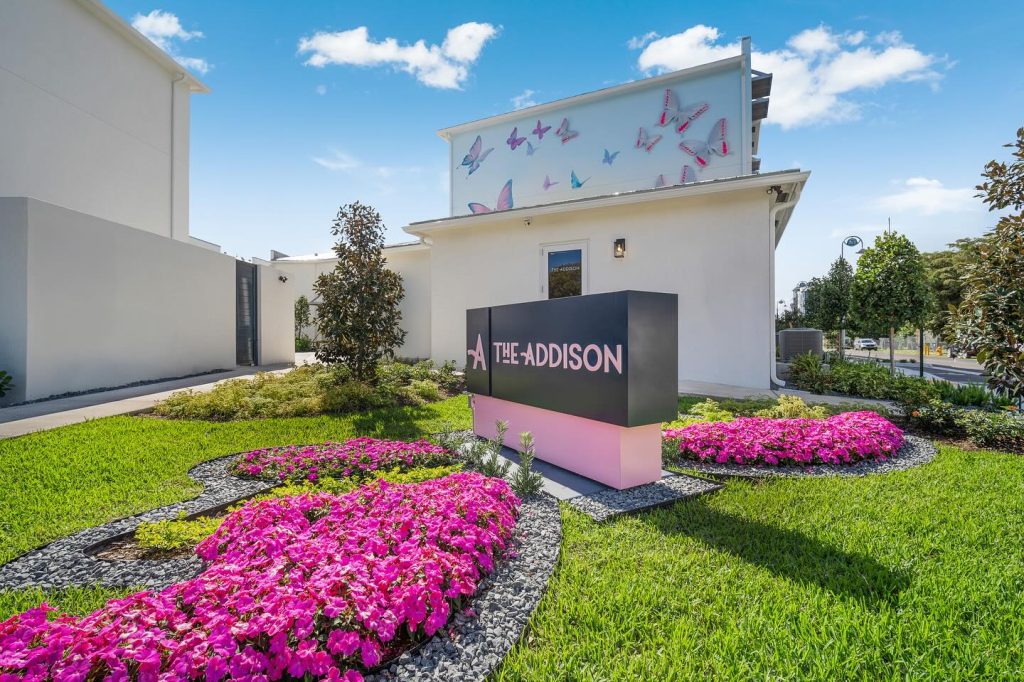


For over a decade, The Color Dreamers have partnered with developers, architects, and interior designers to create custom site-specific artworks that enhance luxury residences, hospitality spaces, and public environments across South Florida and beyond. Their work demonstrates how Miami murals, large-scale sculptures, and bespoke public art projects can add long-term cultural and aesthetic value to any development.
This installation at The Addison Luxury Apartments reaffirms the growing importance of integrating fine art into real estate development, offering residents not just a place to live, but an environment that inspires reflection, creativity, and connection.
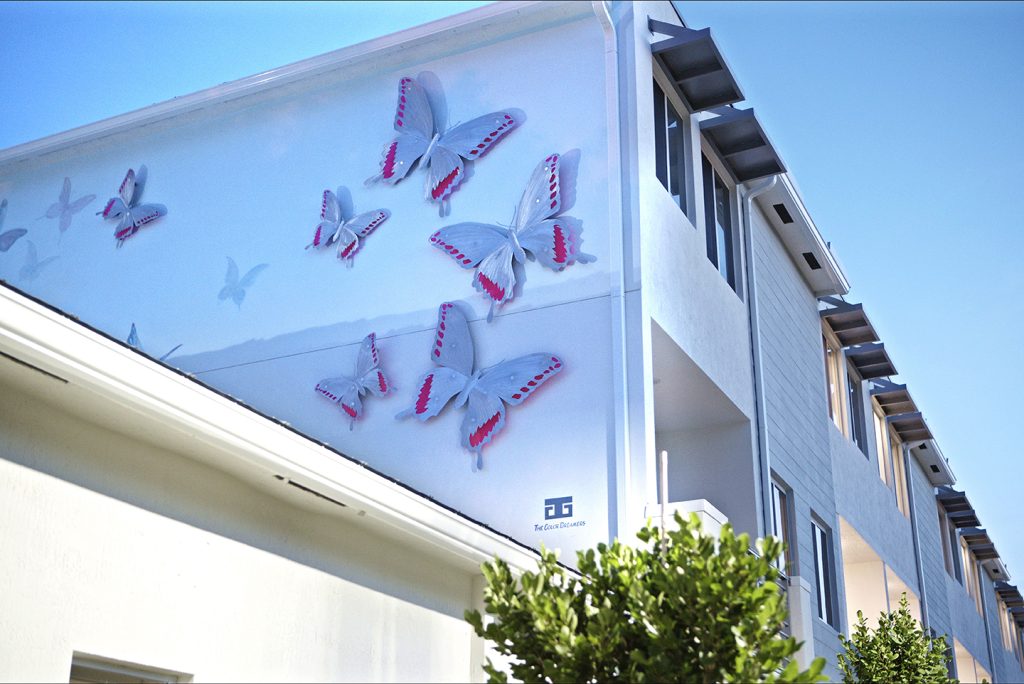

About The Color Dreamers
With over ten years of experience, The Color Dreamers are a Miami-based artist team recognized for their large-scale murals, sculptures, and custom art installations. Their mission is to transform spaces through meaningful, site-specific artwork that bridges the gap between design, culture, and community.
For media inquiries, commissions, or collaborations, please contact:
📩 thecolordreamers@gmail.com
🌐www.ColorDreamers.com
CONTACT US for your next project.





